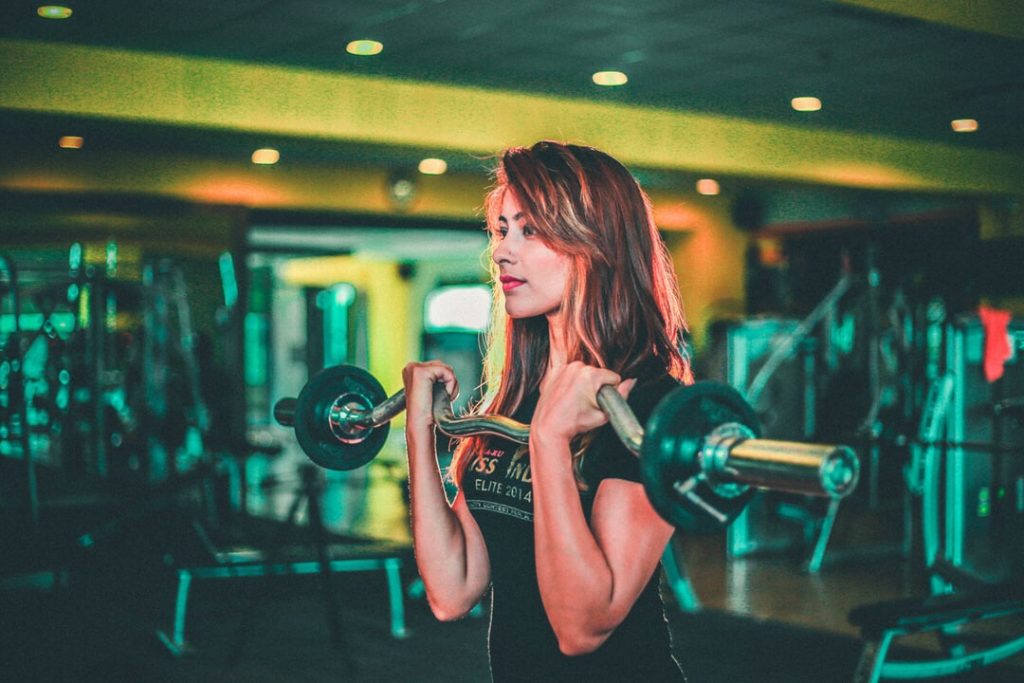
Obtaining a strong core can be surprisingly easy. Even better, there are excellent exercises that you can do lying on your back, using a simple band as a progression. One of the best exercises taught by strength and team coaches, yoga teachers, Pilates instructors and the sports medicine community is the Dead Bug, also known as Happy Baby. The base move is an isometric bracing action, as if you’re readying to take a punch to the belly, which promotes core stability and strength in your torso. Progressions or regressions are then tailored to your abilities and fitness level.
In Dead Bug, the reciprocal arm and leg patterns, like a dying bug on the ground, resemble motor skills like walking, running and swimming. (Or a happy baby lying in a crib, arms and legs akimbo)
The key muscles you work during the Dead Bug primarily focus on the core musculature, the powerhouse of the body. Picture the muscles forming its structure of floor, walls and ceiling. This includes the erector spinae, the deep low back muscle known as multifidus, hip adductors, rectus abdominus and the internal and external obliques. Exercises like this enhance spinal stability by training the deep postural muscles that protect you while you play the sports that you enjoy. Core stability, or trunk stiffness, allows you to transfer force to your limbs so that you throw, strike, kick, push, swing or run better. In other words, all motions are generated from the core and are translated to the extremities.
Our nervous system prefers to move with the most efficiency at all times. If your core is weak, most likely your brain will want to make it easy for you, and compensate. But over time, the compensation will create greater degrees of wear and tear. For example, slouching and leaning on handles on a stair climber or treadmill will make it much easier. But the wear and tear is more likely to be around your neck and shoulders. This can result in even worse posture, as a weak core encourages slumping, which tips you forward and off balance.
It’s often thought that repetitive flexion and extension exercise, like the good old sit-up, are a good way to train the core. But these muscles are rarely used in this way because they are more often used to brace while stopping motion. Researchers found that disc injuries can develop through even low-compressive forces with excessive bending and extending. An isometric exercise like the Dead Bug helps train the core muscles to brace under heavy loads, which helps stabilize the spine and in turn prevents buckling.
Dead Bug/Happy Baby
Start by lying on your back. Your spine should not be arched or flattened. Draw the abdominals in to assume the neutral position.
Reach your arms up. Lift your legs off the floor, holding a 90-degree angle at your hips and knees.
Move your arms back and forth (like a baby reaching up to play with a mobile) Duration: 30 seconds. Progression: Extend your arms and legs towards the floor, creating longer levers to increase the level of difficulty. Click on the video to see more progressions: vimeo.com/389162099.
https://www.mtexpress.com/wood_river_journal/features/fitness-guru/article_9d47b746-490b-11ea-8988-9fc27539e035.html
Connie Aronson is an ACSM-certified exercise physiologist at the YMCA in Ketchum. Learn more at www.conniearonson.com.

